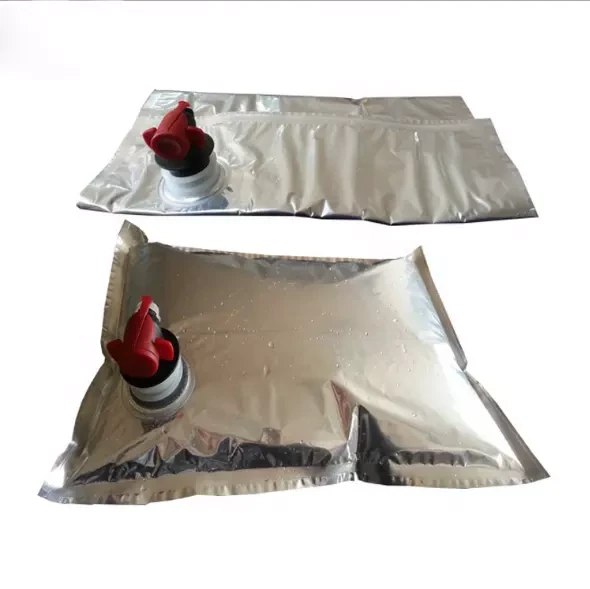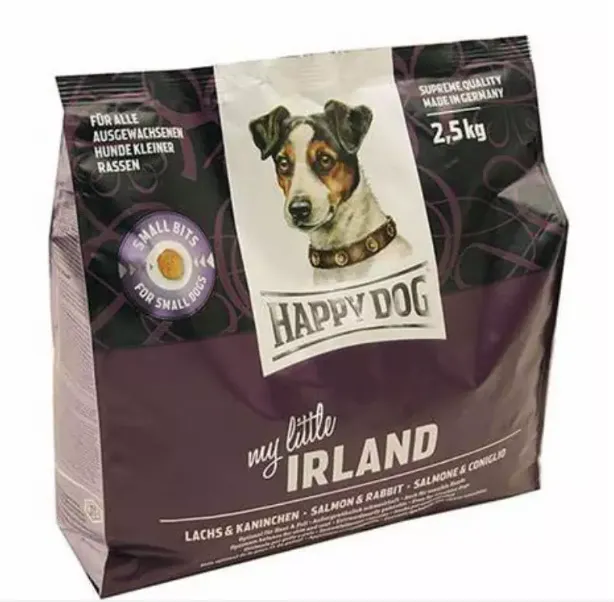- Afrikaans
- Albanian
- Amharic
- Arabic
- Armenian
- Azerbaijani
- Basque
- Belarusian
- Bengali
- Bosnian
- Bulgarian
- Catalan
- Cebuano
- chinese_simplified
- chinese_traditional
- Corsican
- Croatian
- Czech
- Danish
- Dutch
- English
- Esperanto
- Estonian
- Finnish
- French
- Frisian
- Galician
- Georgian
- German
- Greek
- Gujarati
- haitian_creole
- hausa
- hawaiian
- Hebrew
- Hindi
- Miao
- Hungarian
- Icelandic
- igbo
- Indonesian
- irish
- Italian
- Japanese
- Javanese
- Kannada
- kazakh
- Khmer
- Rwandese
- Korean
- Kurdish
- Kyrgyz
- Lao
- Latin
- Latvian
- Lithuanian
- Luxembourgish
- Macedonian
- Malgashi
- Malay
- Malayalam
- Maltese
- Maori
- Marathi
- Mongolian
- Myanmar
- Nepali
- Norwegian
- Norwegian
- Occitan
- Pashto
- Persian
- Polish
- Portuguese
- Punjabi
- Romanian
- Russian
- Samoan
- scottish-gaelic
- Serbian
- Sesotho
- Shona
- Sindhi
- Sinhala
- Slovak
- Slovenian
- Somali
- Spanish
- Sundanese
- Swahili
- Swedish
- Tagalog
- Tajik
- Tamil
- Tatar
- Telugu
- Thai
- Turkish
- Turkmen
- Ukrainian
- Urdu
- Uighur
- Uzbek
- Vietnamese
- Welsh
- Bantu
- Yiddish
- Yoruba
- Zulu
Premium Foam Packing Pouches – Superior Protection for Shipping & Storage
- Introduction to foam packing pouches
and their significance in protective packaging - Technological advantages and unique features of foam packing pouches
- Comparative analysis: Polyethylene foam vs EVA foam—data-driven differences
- Leading manufacturers and suppliers: A market comparison
- Custom packaging solutions: Tailoring foam packing pouches to industry needs
- Application case studies: Industry-specific examples of performance
- Final insights on selecting foam packing pouches for optimal protection

(foam packing pouches)
Introduction: foam packing pouches in Modern Packaging Solutions
Foam packing pouches are rapidly becoming indispensable in the field of protective packaging. Their ability to minimize damage risk during transportation and storage has been crucial for sectors such as electronics, automotive, medical, and e-commerce. The primary objective of these pouches is to provide a resilient, shock-absorbent, and versatile barrier between products and external forces. Demand for foam-based packaging is growing at a CAGR of 5.2%, projected to reach $8.1 billion by 2027, according to recent industry reports. Companies are seeking lighter, customizable, and cost-efficient packaging as e-commerce expands and product protection becomes a higher priority.
Technological Advantages and Unique Features
The innovation behind foam packing pouches lies in their multi-functional attributes. Unlike traditional fillers, foam pouches offer exceptional cushioning by distributing force evenly, reducing the likelihood of sudden compression or shear damage. Their closed-cell structure repels moisture, providing an extra layer of protection against water ingress and corrosion. State-of-the-art foam packing pouches now boast anti-static and flame-retardant properties, which are critical for sensitive electronic components and hazardous materials.
Thermal insulation is another standout feature, particularly relevant for medical and pharmaceutical shipments, where temperature fluctuations can compromise product efficacy. Many foam pouches offer thermal resistance ranging from –50°C to +90°C, far surpassing paper or cardboard alternatives. The lightweight nature of foam, typically weighing 35-50% less than corrugated materials for similar protective performance, translates directly into lowered shipping costs and reduced environmental impact due to smaller carbon footprints in transport.
Ease of handling also ranks high among end-users. Foam packing pouches are flexible and easy to integrate into manual or automated packing lines. Custom die-cutting and printing further expand their versatility, making them suitable for complex product shapes and bespoke branding requirements.
Polyethylene Foam vs EVA Foam: A Data-Driven Comparison
Choosing between polyethylene (PE) foam and ethylene-vinyl acetate (EVA) foam is crucial for businesses seeking optimized packing solutions. Both materials offer distinctive benefits and are subject to performance trade-offs. Below is a comparative table highlighting the most relevant attributes for packaging applications:
| Feature | Polyethylene Foam | EVA Foam |
|---|---|---|
| Density (kg/m³) | 20–130 | 30–300 |
| Compression Set (%) | 5–12 | 2–8 |
| Tensile Strength (kPa) | 200–300 | 500–800 |
| Thermal Insulation (W/m·K) | 0.033 | 0.035 |
| Chemical Resistance | Excellent | Good |
| Shock Absorption | Good | Superior |
| Cost (per sq ft) | $0.08–$0.20 | $0.15–$0.40 |
| Flexibility | Moderate | High |
| Recyclability | Widely recyclable | Limited |
In summary, EVA foam delivers enhanced shock absorption and tensile strength, making it ideal for higher-value or fragile products. Polyethylene foam balances cost with broad chemical resistance and ease of recycling, suitable for a wider range of mass-market applications. The choice between polyethylene foam vs EVA foam, or eva foam vs pe foam, should align with product fragility, packaging budget, and environmental considerations.
Leading Manufacturers and Supplier Comparison
Industry leaders in foam packing pouch production constantly innovate to set themselves apart. Key suppliers such as Sealed Air, Pregis, and Jiffy Packaging are recognized for their broad material selection, reliable supply chains, and sustainability initiatives. Emerging regional players often provide cost-competitive customization but may lag in testing facilities or capacity.
| Manufacturer | Material Range | ISO Certification | Customization Ability | Minimum Order (Units) | Lead Time (Days) | Sustainability Policy |
|---|---|---|---|---|---|---|
| Sealed Air | PE, EVA, PU | ISO 9001, 14001 | Extensive | 2,000 | 7–14 | Recyclable lines & reduced emissions |
| Pregis | PE, EVA, Bio-Foam | ISO 9001 | Moderate | 1,000 | 10–16 | Bio-based products, recycling programs |
| Jiffy Packaging | PE | ISO 9001 | Good | 5,000 | 14–21 | Focus on lightweighting |
| Asian Regional Supplier | PE, EVA | Limited | High | 3,000 | 10–18 | On-request solutions |
Multinational suppliers typically offer more advanced certifications and sustainability benefits, whereas regional players specialize in bespoke orders and flexible minimums. Lead times, order quantities, and eco-practices should all be evaluated to ensure strategic alignment with supply chain priorities.
Tailoring Custom Packaging Solutions
Modern businesses increasingly demand packaging that does more than just protect; it must enhance logistics efficiency, meet branding goals, and address sector-specific regulations. With foam packing pouches, customization options abound, ranging from varying thickness (0.5mm to over 5mm), anti-static treatments, antibacterial coatings, and custom color or print for brand identity.
For instance, electronics manufacturers may require pink anti-static PE foam pouches in thicknesses of 1.5–3 mm, while high-end medical device shipments benefit from multi-layer EVA foam pouches that shield against both impact and temperature extremes.
Packaging engineers regularly employ computer-aided design simulations to test pouch configurations and predict performance metrics. Combined with rapid prototyping, this reduces development cycles by up to 35% compared to legacy processes. Rollout of smart sensors—microchips embedded in foam pouches for real-time impact or temperature logging—has led to 22% fewer product failures upon delivery in pilot projects across pharmaceutical logistics.
Moisture protection can be fine-tuned for export markets with high humidity, while food-grade certifications are available for edible or medical consumables. The result is a suite of truly end-use oriented packaging, which elevates the role of foam pouches from commodity to strategic asset.
Application Case Studies: Industry-Specific Performance
The versatility of foam packing pouches is evidenced by their widespread adoption across industries. In the semiconductor sector, a Fortune 500 chipmaker reported a 45% reduction in microfracture-related product returns after upgrading to multi-layer EVA foam pouches with static-dissipative liners. This directly contributed to annual cost savings exceeding $600,000.
In the automotive supply chain, Tier 1 components manufacturer switched to recyclable PE foam pouches for dashboard instrumentation, lowering packaging costs by 18% and achieving a 97.8% defect-free delivery rate. Additionally, the lightweight foam reduced fuel consumption across their logistics network by 1.3%, underscoring environmental and financial benefits.
Medical device exporters have adopted custom-molded foam pouches for sterile instruments, maintaining regulatory compliance while increasing shelf-life by 20%. One European distributor cited zero product recalls over 24 months, attributing this to humidity-resistant pouch designs and process automation.
E-commerce retailers also utilize color-coded, printable foam pouches to expedite order fulfillment and returns handling—minimizing picking errors and improving the unboxing experience. These multi-use pouches are reused for reverse logistics, driving sustainability and customer loyalty.
Final Insights: How to Select the Right foam packing pouches
Choosing the right foam packing pouches involves more than matching product dimensions; it demands a holistic assessment of materials, supplier capabilities, sector requirements, and environmental impact. As shown in the detailed data comparisons and industry applications, both polyethylene and EVA foams offer unique benefits, with critical distinctions in cost efficiency, recyclability, and technical performance. Manufacturers with advanced customization, certified production, and sustainability policies are best positioned to support evolving packaging strategies.
Ultimately, the future of protective packaging lies in data-driven selection, continual innovation, and strategic alignment with broader business objectives. By leveraging tailored foam pouch technologies, organizations can safeguard product integrity, enhance operational efficiencies, and minimize their ecological footprint, reinforcing both brand reputation and bottom-line performance.

(foam packing pouches)













